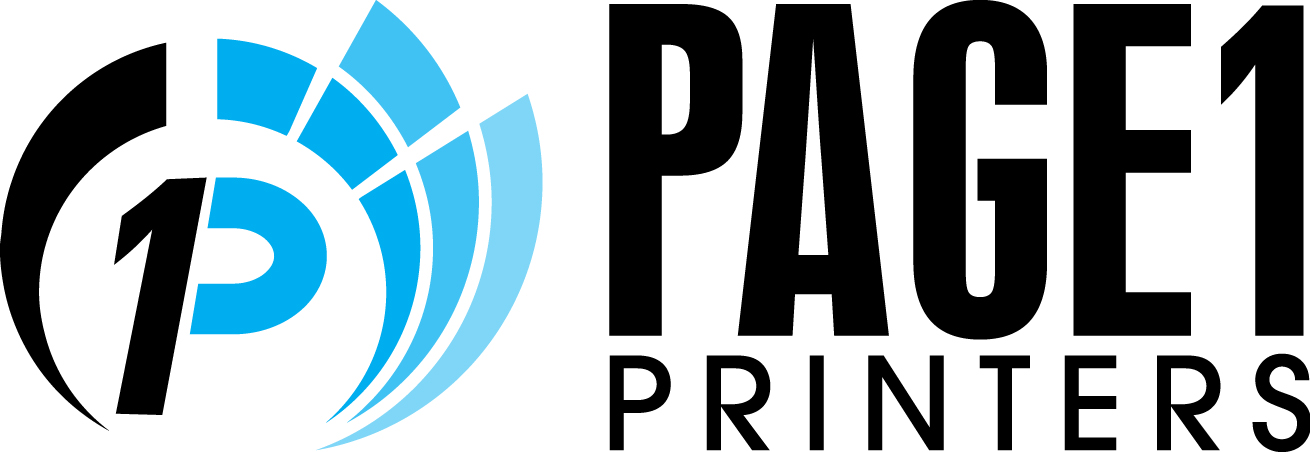Newspapers in the Digital Age
Introduction:
In an era dominated by digital media, the role of commercial printing in newspapers may seem diminished. However, the world of print journalism has not faded into obscurity; instead, it has adapted and evolved to meet the changing needs of readers and advertisers. We will explore the history, challenges, and innovations in commercial printing for newspapers, highlighting its enduring relevance in today’s media landscape.
The History of Commercial Printing for Newspapers:
Commercial printing for newspapers has a rich history dating back centuries. The Gutenberg press, invented in the 15th century, revolutionized the dissemination of information, paving the way for the birth of newspapers. Print newspapers became a vital medium for sharing news, knowledge, and opinions with the masses.
Challenges in the Digital Age:
With the advent of the internet and digital media, newspapers faced unprecedented challenges. The rise of online news platforms, social media, and declining print subscriptions threatened the survival of traditional newspapers. To stay competitive, newspapers had to reinvent themselves.
Innovations in Commercial Printing:
- High-Quality Printing: Commercial printers invested in cutting-edge technology to produce high-quality newspapers with vibrant colors and sharp images. This helped print newspapers maintain their visual appeal.
- Personalization: To cater to diverse reader preferences, newspapers began offering personalized content. Commercial printers adopted variable data printing techniques to tailor newspapers to individual readers, enhancing engagement.
- Digital Integration: Newspapers embraced digital integration by creating online versions and mobile apps. This allowed readers to access content seamlessly across various platforms, bridging the gap between print and digital.
- Sustainability: Environmental concerns led newspapers to adopt eco-friendly printing practices. Commercial printers started using recycled paper and eco-conscious inks to reduce their carbon footprint.
- Augmented Reality (AR): To enhance reader experiences, newspapers experimented with AR technology. By scanning printed images with a smartphone, readers could access interactive content, turning static pages into immersive experiences.
The Continued Relevance of Print Newspapers:
While digital media has reshaped the media landscape, print newspapers have not become obsolete. They continue to serve as a trusted source of in-depth analysis, long-form journalism, and local news. Many readers still appreciate the tactile experience of holding a physical newspaper and the absence of digital distractions.
Conclusion:
Commercial printing for newspapers has faced numerous challenges in the digital age but has emerged resilient and adaptive. By embracing innovations, print newspapers have found ways to coexist with digital media and maintain their relevance in a rapidly changing world. In the intersection of tradition and technology, the future of commercial printing for newspapers continues to evolve, ensuring that the printed word remains a valuable part of our information landscape.
Page 1 Printers understands the need for local news in vibrant communities. Our community newspapers, along with advertising shoppers, specialty publications, and more provide an important communication tool for citizens and businesses in these local communities.
Service Worthy of Front Page News
Publishers and editors–when you need a solution for printing your community newspapers, school newspapers, broadsheet circulars, and large inserts, look no further than Page 1 Printers. We’ve got the equipment, staff, and pricing to best suit your needs, large and small. Ready to get started?
Fastest Newspaper Printing Available
Our highly automated web press runs around the clock at high speeds to provide you with the fastest newspaper printing service in the area. Combine that with our soy-based inks, and you’ve got a solution that is both economical and environmentally friendly.
Standard Options
- 2 to 32 broadsheet pages in a single run
- Single or multiple sections
- Pages in increments of 2
Additional Options
- Custom sizes
- Custom-ordered paper stocks
